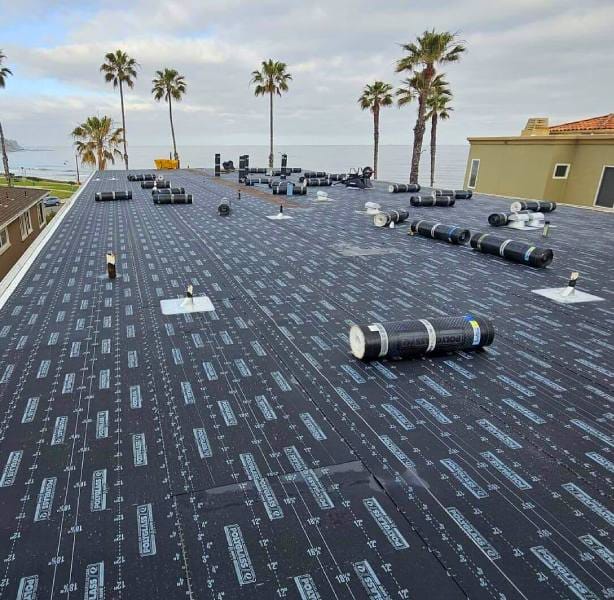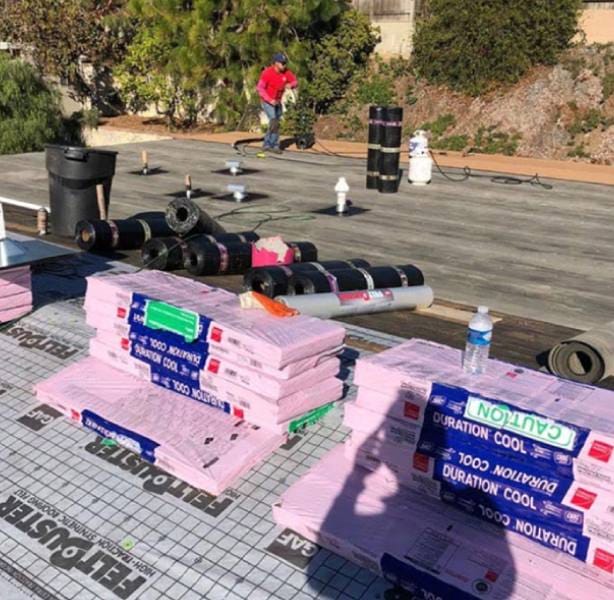Understanding the Price Tag: What Is the Average Cost of a Commercial Roof and Why Is It So Expensive?
Introduction
When it comes to commercial properties, the roof is often an overlooked aspect of building maintenance. However, understanding the price tag for a commercial roof can be crucial for business owners and property managers alike. Why is it so expensive? This article delves into the various factors that affect the average cost of a commercial roof.
In this atlasroofingwa.com piece, we will explore different types of roofing materials, installation costs, maintenance expenses, and more. We will also provide insights on how to choose the right commercial roofers near you to ensure you get the best service for your investment.

Understanding the Price Tag: What Is the Average Cost of a Commercial Roof and Why Is It So Expensive?
The average cost of a commercial roof can vary significantly based on several factors. Typically, prices range from $5 to $10 per square foot for basic materials and installation. However, complex roofs with specialized materials can go up to $20 or more per square foot.
Factors Affecting Commercial Roofing Costs
- Different materials have varying costs associated with them.
- Common types include TPO (Thermoplastic Olefin), EPDM (Ethylene Propylene Diene Monomer), PVC (Polyvinyl Chloride), and built-up roofing.
- Larger roofs naturally incur higher costs due to increased material and labor.
- More complex roofs with multiple slopes or features will cost more to install than simple flat roofs.
- Labor rates vary by location and contractor experience.
- Different methods such as mechanically attached vs. fully adhered impact pricing.
- Compliance with local regulations may add extra costs.
- Long-term warranties generally come at a higher initial cost but may save money in repairs over time.
Types of Commercial Roofing Systems
1. Single-Ply Roofing Systems
- Includes TPO, EPDM, and PVC.
- Known for their energy efficiency and lightweight properties.
2. Built-Up Roofing (BUR)
- Composed of multiple layers of tar and gravel.
- Offers durability but can be heavier.
3. Metal Roofing
- Typically aluminum or steel panels.
- Well-known for longevity but may be pricier upfront.
4. Modified Bitumen Roofing
- Combines traditional BUR with modern technology.
- Offers flexibility and durability.
Initial Costs vs Long-Term Investment
While initial costs are important, it’s equally vital to consider long-term expenses like maintenance and energy savings when choosing a roofing system. High-quality materials may require less frequent repairs or replacements down the line.
Breaking Down Installation Costs
1. Material Costs
- Breakdown by type: | Material Type | Average Cost per Square Foot | |----------------|-------------------------------| | TPO | $5 - $7 | | EPDM | $4 - $6 | | PVC | $6 - $8 | | Built-Up | $5 - $10 |
2. Labor Costs
Labor typically accounts for around 40% of total installation costs in many regions.
3. Additional Costs
- Structural reinforcements may be required for certain roofing types.
- Removal of old roofing can add to labor time and expense.
Maintenance Costs Over Time
Regular maintenance is key to prolonging your roof’s lifespan:
Neglecting these tasks can lead to costly repairs down the line.

Choosing the Right Commercial Roofers Near You
Finding skilled commercial roofers near you can make all the difference in ensuring quality work at competitive prices:
FAQs
1. How much should I budget for a new commercial roof?
It largely depends on your specific needs; however, budgeting between $5-$10 per square foot is common for standard installations.

2. Do I need a permit for my new roof?
Yes, most localities require permits before starting any major construction projects including roofing work.
3. How long does a commercial roof last?
On average, you can expect 20-30 years from quality commercial roofing systems if properly maintained.
4. Can I install my own commercial roof?
While some DIY enthusiasts might consider this option, hiring professionals is advisable given safety concerns and compliance with local codes.
5. What are signs that my commercial roof needs repair?
Look out for leaks, visible sagging areas, or missing shingles/tiles as indicators that it's time for inspection or repair work.
6. Are there financing options available for a new roof?
Many contractors offer financing plans; it's worth asking about during your consultation.
Conclusion
Understanding the price tag: What is the average cost of a commercial roof and why is it so expensive? The answer lies in various factors including material choice, size complexity, labor costs, maintenance considerations, and regional pricing variations among contractors like those found through searching "commercial roofers near me." Investing time in research will pay off when it comes time to replace or repair your commercial roofing system—ensuring that you not only make an informed decision but also safeguard your property investment for years to come.
This article aims to provide clarity on what influences commercial roofing costs while ensuring that business owners are well-informed before making significant investments in their properties’ roofs.